Books
The Moon: Earth's Satellite
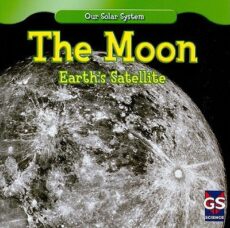
The moon is Earth's natural satellite and the closest object to Earth in the sky. Humans have watched and studied the moon for centuries. In this lunar introduction, children in grades K-3 will learn more about how this satellite affects life on Earth.
Satellite Space Mission (The Magic School Bus Rides Again)
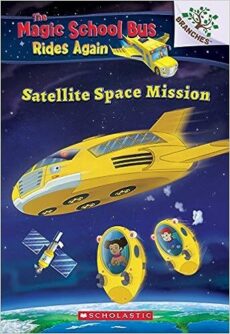
In this chapter book for emerging readers, Keesha accidentally disrupts several Earth-orbiting satellites! Primary grade students will enjoy this fact-filled adventure.
You Wouldn't Want to Live Without Satellites!
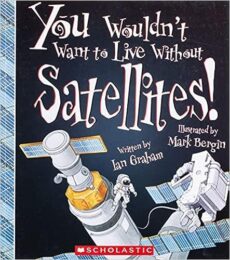
Learn how people use satellites every day to watch TV, talk on the phone, use the internet, predict the weather, navigate their travel, and run businesses. Full-color illustrations and funny speech bubbles will hold children's interest as they discover how satellites impact their lives.
The Science of Spacecraft: The Cosmic Truth About Rockets, Satellites, and Probes
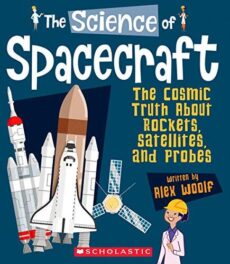
This guide to man-made spacecraft explores how Earth-orbiting satellites are built, how they navigate and communicate, and what operations they perform. Humorous illustrations are accompanied by side panels that tackle more complex subject matter.
Selfies From Space: How Satellites Help Science on Earth

This attractive, well-organized volume examines the contributions of satellites as our "eyes in space." How are scientists using satellites to tackle some of Earth's challenges? This book looks at satellites' roles in rescue, communication, defense, natural disasters, and more. This high-interest book includes pictures, space facts, supportive text structures, glossary, index and a list of further print and online resources.
Satellites (The Story of Space)

Designed for students in 4th-6th grades, this volume is one in a series of books about the past achievements and future possibilities for humans in space. This overview of satellites includes photographs, realistic illustrations, cutaway views of high-tech satellites, and a chart that lists the average unit cost of each type of satellite.
Awesome Space Tech: 40 Amazing Infographics for Kids

How do we learn about space? "Space Tech" includes the telescopes, probes, rovers and satellites that enable us to look deeper into space and maybe, someday, live in it. This collection of colorful infographics reveals details about satellites and GPS networks that will be enjoyed by curious young space enthusiasts.
How Does GPS Work?
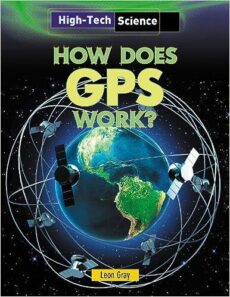
Most students are familiar with GPS as a navigation tool built into cars and smartphones. But GPS does more than help us find our way! Middle-schoolers will be fascinated by its beginnings as a military system and its modern uses in catching criminals, predicting earthquakes, and creating maps. Science and math concepts associated with the satellites are explained with colorful photos and informative text.
Satellites (Space Innovations)

A veteran space author and artist traces the development of artificial satellites from Sputnik to modern uses. This book highlights the historical importance and innovative breakthroughs of satellite technology.
Missiles and Spy Satellites (The Space Race)

One in a six-volume series about The Space Race, this title explores the geopolitics of the Space Race and the development of sophisticated reconnaissance satellites. Aligned to common core and state standards.
